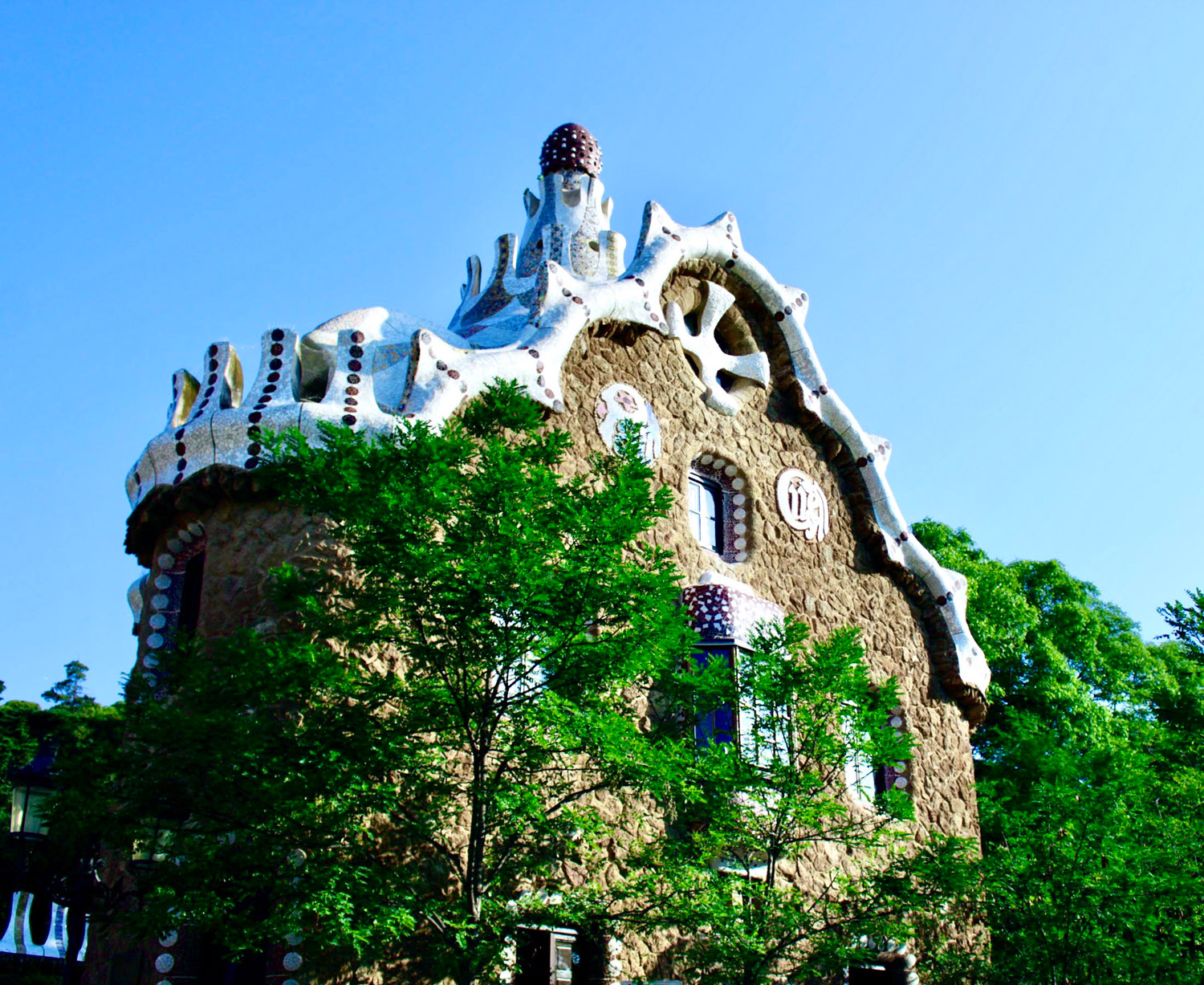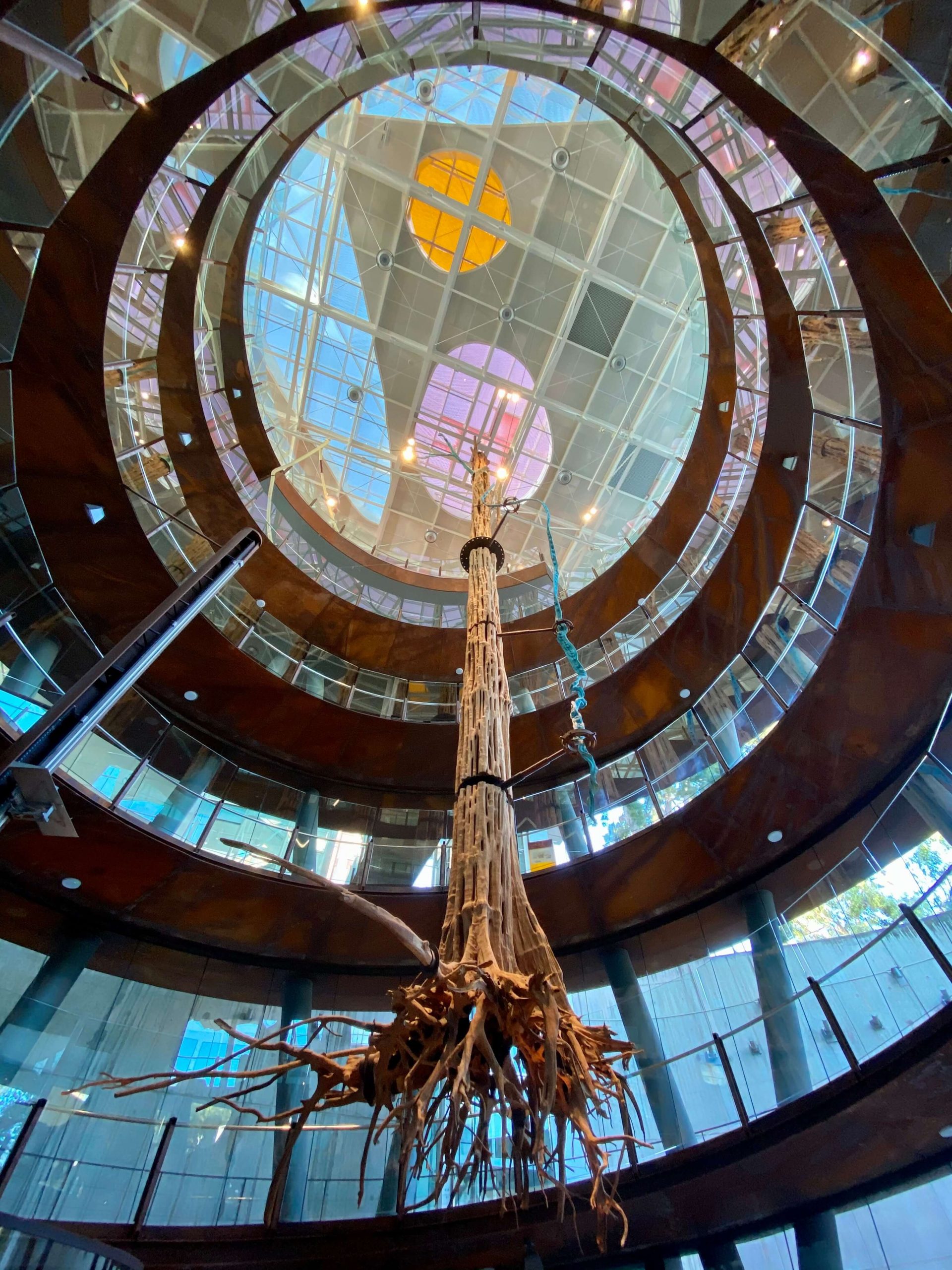When you visit Barcelona the question “What to do in Barcelona?” will come up many times, once you’ve read our posts you will be aware of many places you can visit such as Casa Milà (La Pedrera), Casa Batlló, La Basilica de la Sagrada Familia, The Park Güell, amongst others. But there is one place that most people don’t know and that is the Palau de la Música Catalana.
What is the Palau de la Música Catalana?
Palau is a music auditorium, an icon of modernist architecture in the center of Barcelona is one of the most emblematic buildings, and is one of the most recommended tourist attractions in the city of Barcelona. Built between 1905 and 1908, solutions in the structure were very advanced with the application of large glass walls and the integration of all the arts, sculpture, mosaics, stained glass, and wrought iron.
Work of the well-known architect Lluís Domènech I Montaner, one of the greatest representatives of Catalan modernism. It is an architectural jewel of the country and an essential part of any visit to Barcelona along with other buildings of the contemporary architect Antoni Gaudí.
This historic building, declared a UNESCO World Heritage Site in 1997, offers such a magical experience that visitors fall in love instantly. With the help of experienced guides, the wonders of this architectural pearl are discovered and every tourist in Barcelona can enter a world full of details and references to nature characteristic of modernist architecture.
It is owned by the Associació Orfeó Català, which aims, following its tradition, to promote Catalan culture, especially in the musical aspect, with a preferential focus on choral music. The Association develops its objectives through the Fundació Orfeó Català-Palau de la Música Catalana, which concentrates on the management of all the activity of the choirs of the Orfeó and the Palau de la Música Catalana.
Where can we find the Palau de la Música Catalana?
The Palau de la Música Catalana is located on Sant Pere més Alt Street in Barcelona’s Rivera district, Spain. The building, headquarters of the “Orfeón Catalán”, founded in 1891 by Lluís Millet and Amadeo Vives, was financed by Catalan industrialists and financiers, enlightened and music lovers, who sixty years earlier had already financed the opera and ballet theater Gran Teatro del Liceo, located in the Barcelona city center.
Important Artists who have performed in The Palau de la Música Catalana
The hall has excellent acoustics. Many of the world’s best performers and conductors of the last century (from Richard Strauss to Daniel Barenboim, through Igor Stravinski and David Bisbal, Pau Casals and Ana Belén) have paraded through this auditorium, a true sanctuary of the music of Catalonia and at the same time a concert hall of reference in the international art scene. Artists, actors, dancers, jazz musicians, singers, and groups of popular music, rock, and other styles have also performed at the Palace.
The architecture of Palau de la Música Catalana
Domènech’s architecture is of great quality and originality, highlighting the iron structure that allows the free floor plan enclosed by glass and on the other hand the integration into the architecture of the applied arts.
Two decisions demonstrate the typology and technological innovation of the project: the first is the solution of the courtyard in the dividing wall of the site with the church so the concert hall would have the same symmetry of distribution and entry of light. The second was the decision to locate the auditorium on the second floor, with access from the first floor via the different flights of stairs with treatment so effective that it compensates for the ascent: this allowed the first floor to be used as offices for the Orfeón.
On the outside, sculptural elements, which allude to the world of music, are mixed with architectural and decorative elements of modernist and baroque character. Inside, the architect masterfully combined the different construction materials with ceramics (the “trencadís” so typical of Catalan modernism) and glass. The hall and the stage form a harmonious whole, in which one is integrated into the other. The stage is dominated in its upper rear part by the organ pipes, which in turn become a decorative element and icon of the Palace itself.
The mouth of the stage is framed by spectacular sculptural illustrations, allegories of classical music and popular music: on the right, a bust of Ludwig van Beethoven on Doric columns supporting clusters from which the cavalcade of the Walkyries emerges (a clear reference to the adoration for Richard Wagner that the Catalan public has always felt); on the left, some boys at the foot of a willow tree on whose branches appears the bust of José Anselmo Clavé, an allusion to the text of the song “Les flors de maig” by this author.
Palau de la Música Barcelona tickets and visits
Visits are not available from July 21 to September 19 due to improvements in the Concert Hall facilities. You can find out more about it on Palau’s website.
Well, now you know that Palau is one of the most beautiful Barcelona sightseen you cannot miss.
See you in my next post
Bye-Bye













